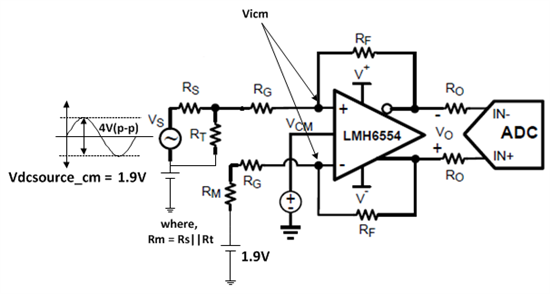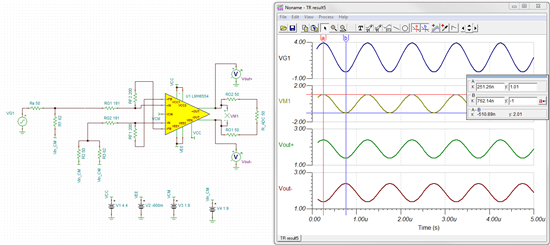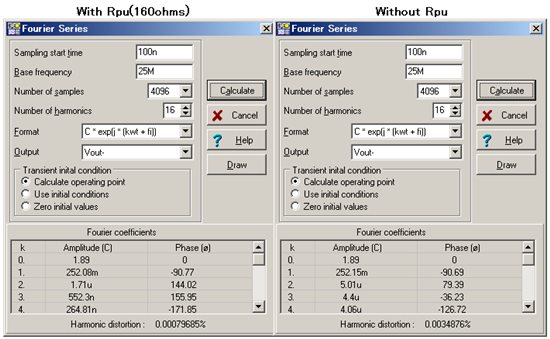Hi
I would like to design dc coupled input configuration for LMH6554 with the following conditions.
May I ask if it will work? I am referring and simply change resistance values in Figure 6 on page 6 in Application report AN-2177 (SNOA565A).
V+ 4.4V
V- -0.6V
Vocm 1.9V (=Vicm)
Vout 2Vpp
Ideally I would like to input 2Vpp(differential) or 4Vpp(single end) if LMH6554 can configured -6dB.
In the AN-2177, Table 1 (Gain component Values for 50ohm System) on page 3 indicates minimum 0dB, if it cannot attenuate, then input voltage design can be 1Vpp(differential) or 2Vpp(single end) configuring LMH6554 gain 0db.
Also please advise if Rpu is required in Figure 6.
Best regards,
Masa








